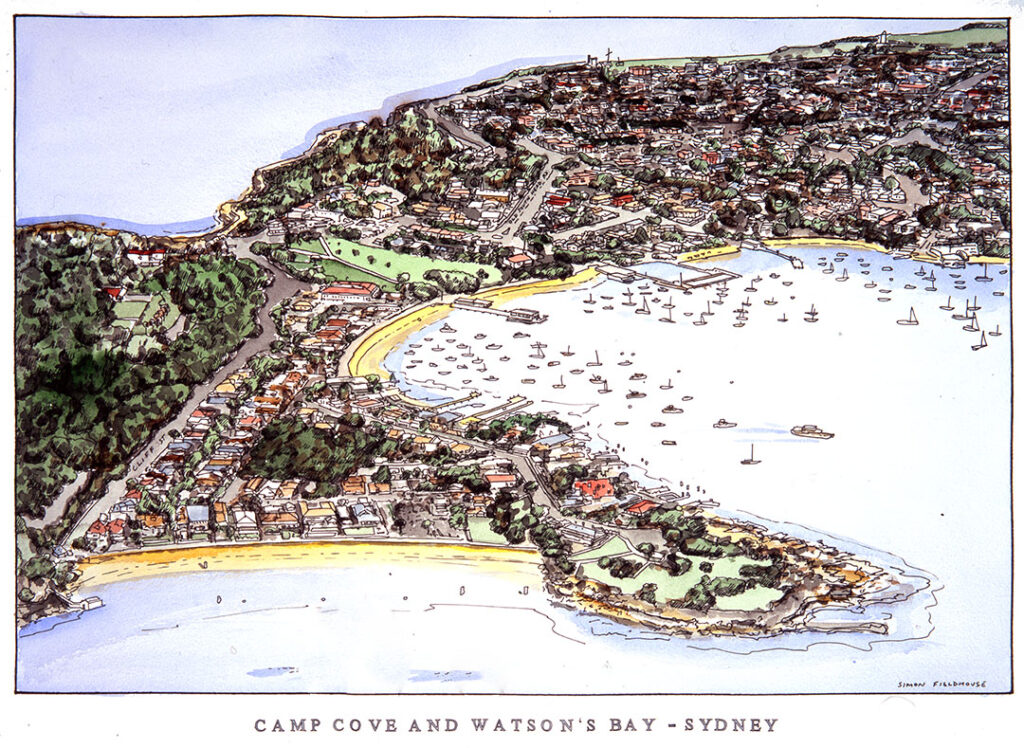
Camp Cove and Watsons Bay
Camp Cove and Watsons Bay, located in Sydney, Australia, are places of great historical and cultural significance. These picturesque coastal areas have played a vital role in shaping the history and culture of Sydney and continue to be popular destinations for both locals and tourists.
Historically, Camp Cove holds a special place as one of the first landing sites for European settlers in Australia. In 1788, Captain Arthur Phillip and the First Fleet arrived at Sydney Cove, and Camp Cove served as an early campsite. This event marked the beginning of European colonization in Australia, making Camp Cove a symbol of Australia's colonial history.
Watsons Bay, named after Robert Watson, a quartermaster on the First Fleet, developed into a fishing village in the early 19th century. Fishing was a significant industry in the area, and the historic Watsons Bay Fisherman's Wharf, established in the 1830s, still stands as a testament to this heritage.
In addition to its historical significance, Camp Cove and Watsons Bay offer a rich cultural experience. The area boasts a blend of Aboriginal, European, and more recent immigrant cultures. The local Cadigal people, part of the Eora Nation, have a deep connection to this land and its waters, which they have inhabited for thousands of years. Their cultural significance is acknowledged through various initiatives and events that celebrate their heritage.
Today, Camp Cove and Watsons Bay are thriving cultural hubs. The pristine beaches, scenic coastal walks, and iconic landmarks such as the Hornby Lighthouse draw visitors seeking natural beauty and recreational activities. The Gap Bluff Centre, a heritage-listed site that once served as a defense facility, is now a hub for artists, hosting exhibitions and events that contribute to the cultural vibrancy of the area.
The historic Camp Cove and Watsons Bay provide a window into Australia's colonial past while embracing its rich multicultural present. These coastal gems continue to be cherished for their beauty, history, and cultural significance, making them a must-visit for anyone interested in exploring the diverse tapestry of Sydney's heritage.